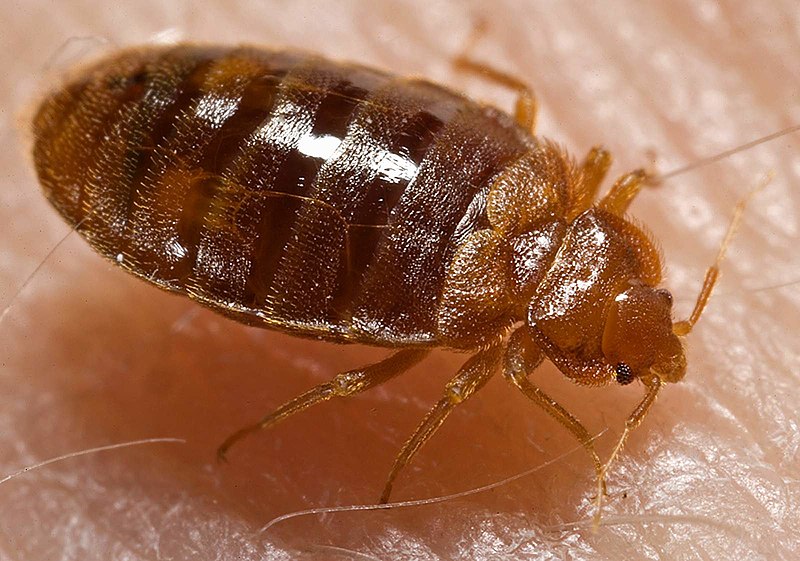tóng-àn:Bed bug, Cimex lectularius.jpg
跳至導覽
跳至搜尋

先看佔量: 800 × 561 像素. 其他的 kái-sek-tō͘: 320 × 224 像素 | 640 × 449 像素 | 1,024 × 718 像素 | 1,280 × 898 像素 | 1,600 × 1,122 像素.
全解析度 (1,600 × 1,122 像素,檔案佔量: 161 KB,MIME類型: image/jpeg)
檔案歷史
揤日期/時間,看彼時陣的檔案.
| 日期/ 時間 | 細張圖 | 寸尺 | 用者 | 註解 | |
|---|---|---|---|---|---|
| 現在 | 2007年5月17日 (拜4) 14:11 |  | 1,600 × 1,122(161 KB) | wikimediacommons>Patho | == Summary == {{Information |Description=ID#: 9822 Description: This 2006 photograph depicted an oblique-dorsal view of a '''bed bug nymph, Cimex lectularius''', as it was in the process of ingesting a blood meal from the arm of a “voluntary” human h |
影像連結
以下的頁連到這个影像:
